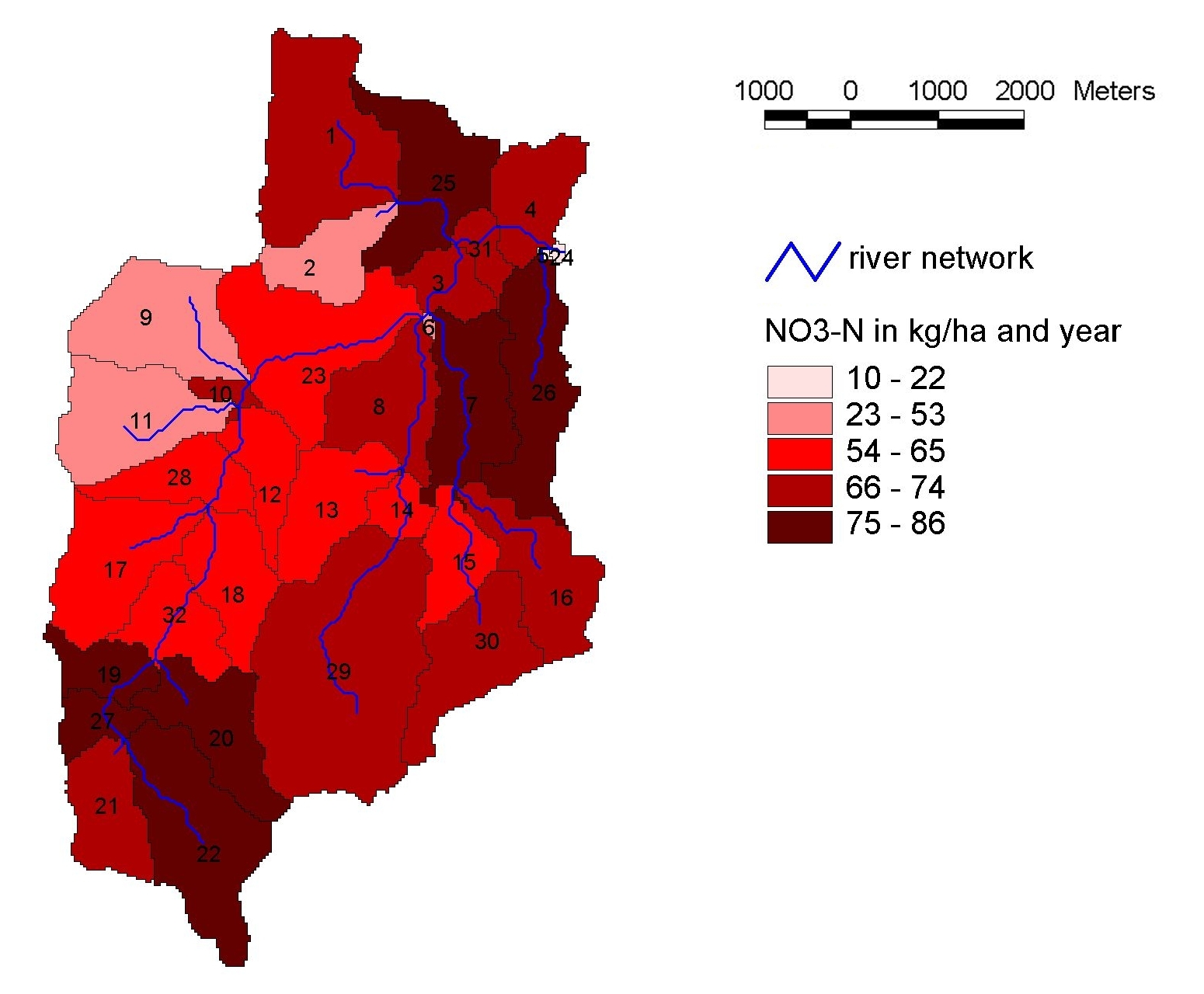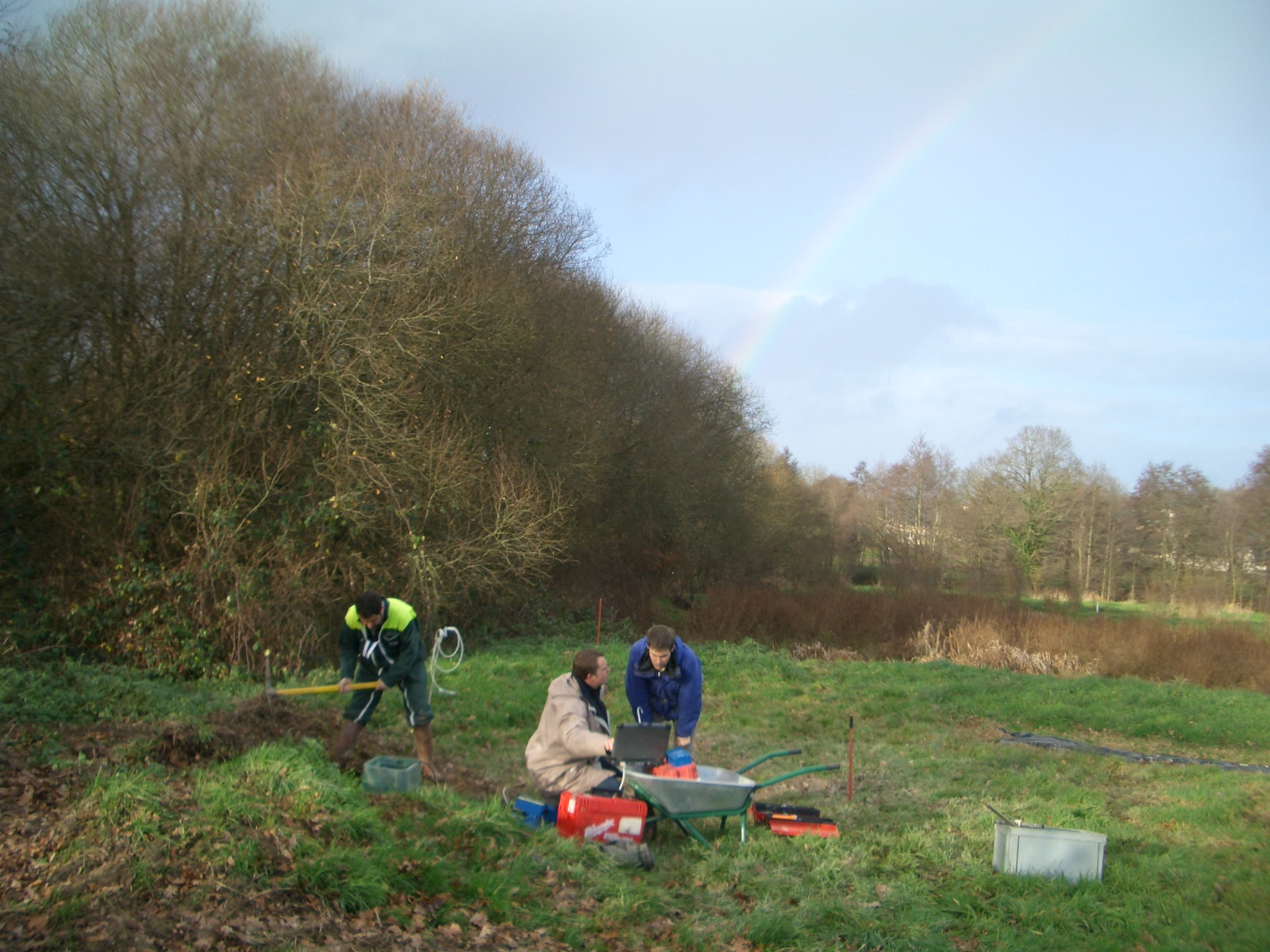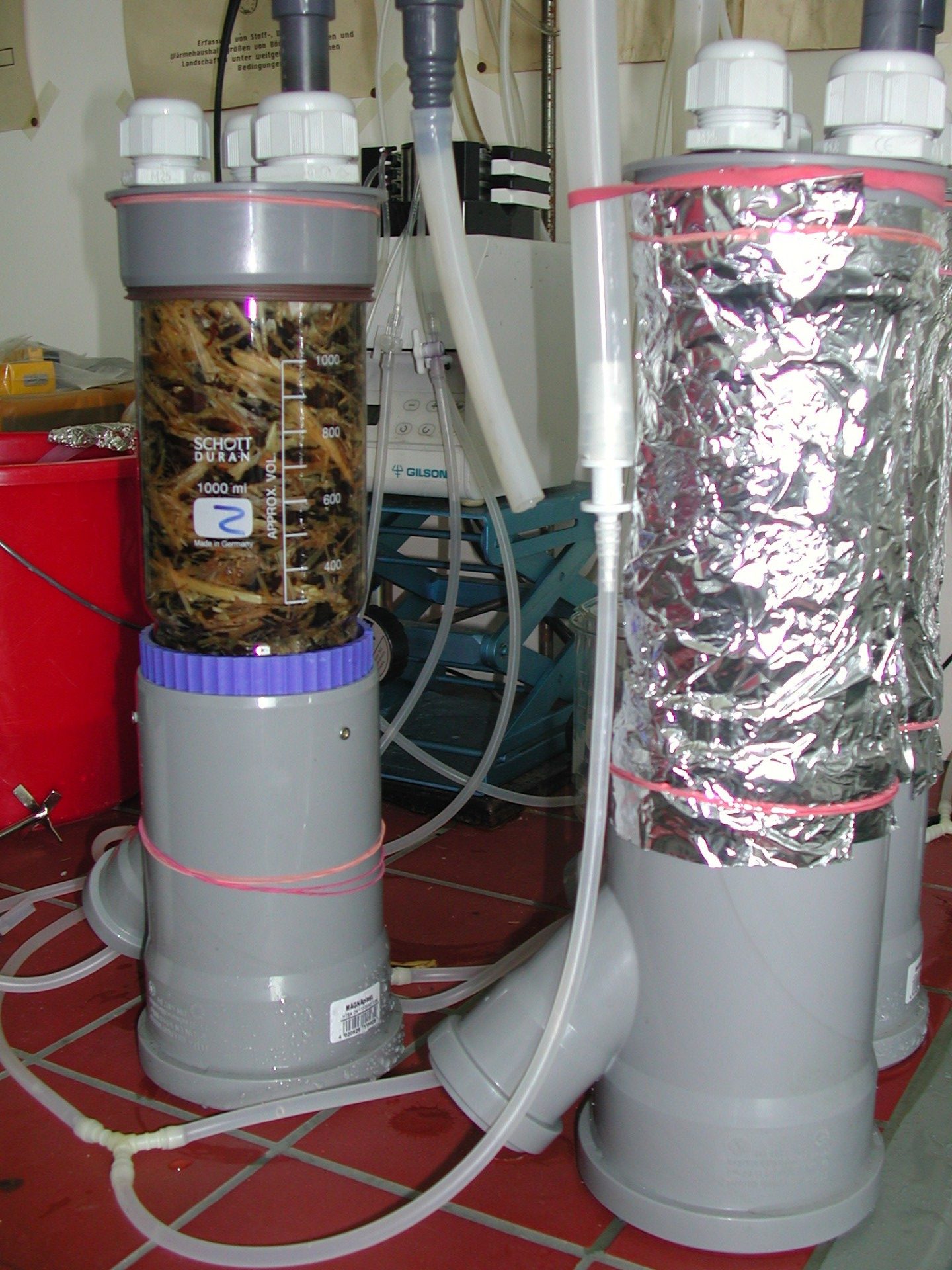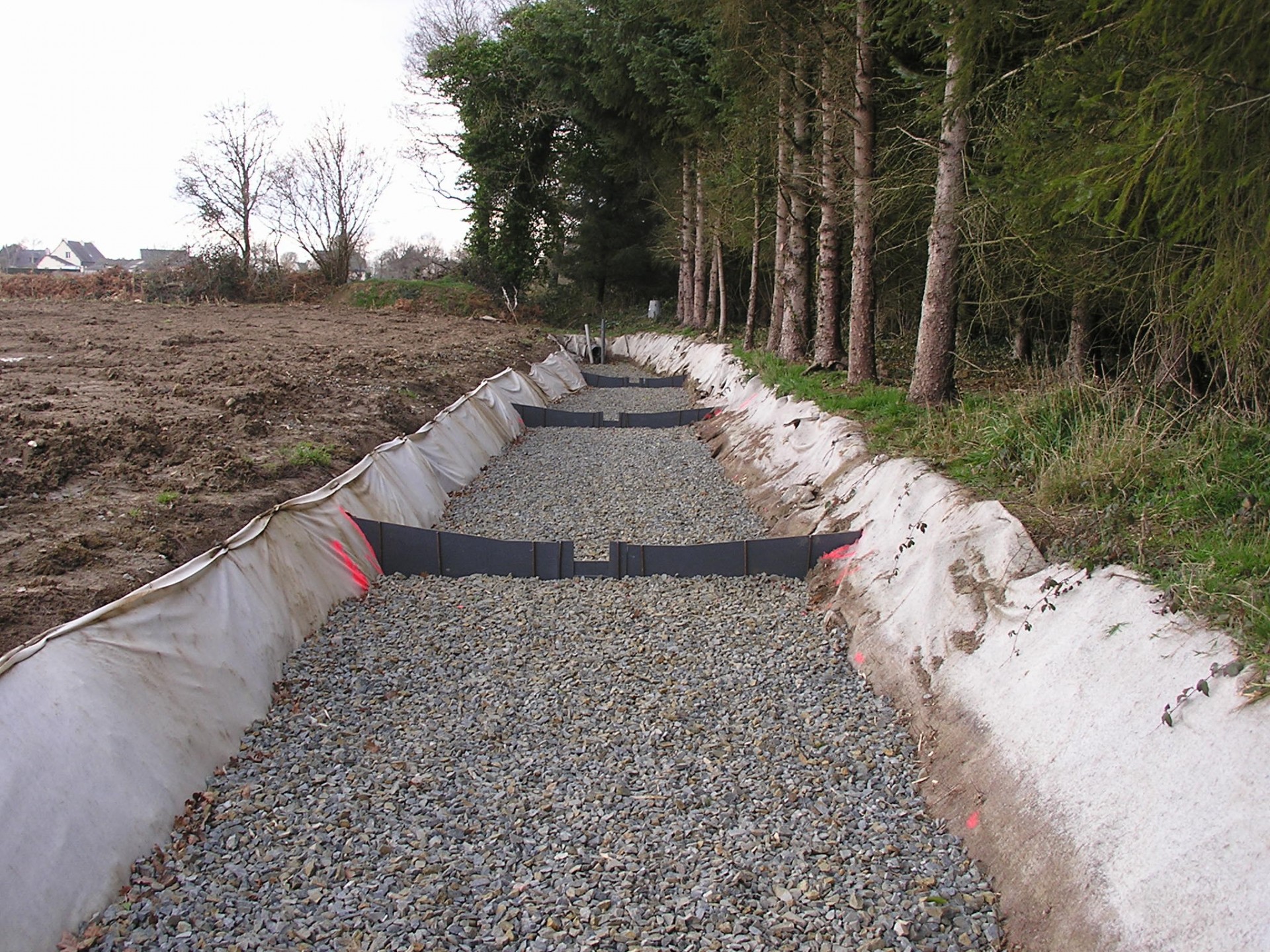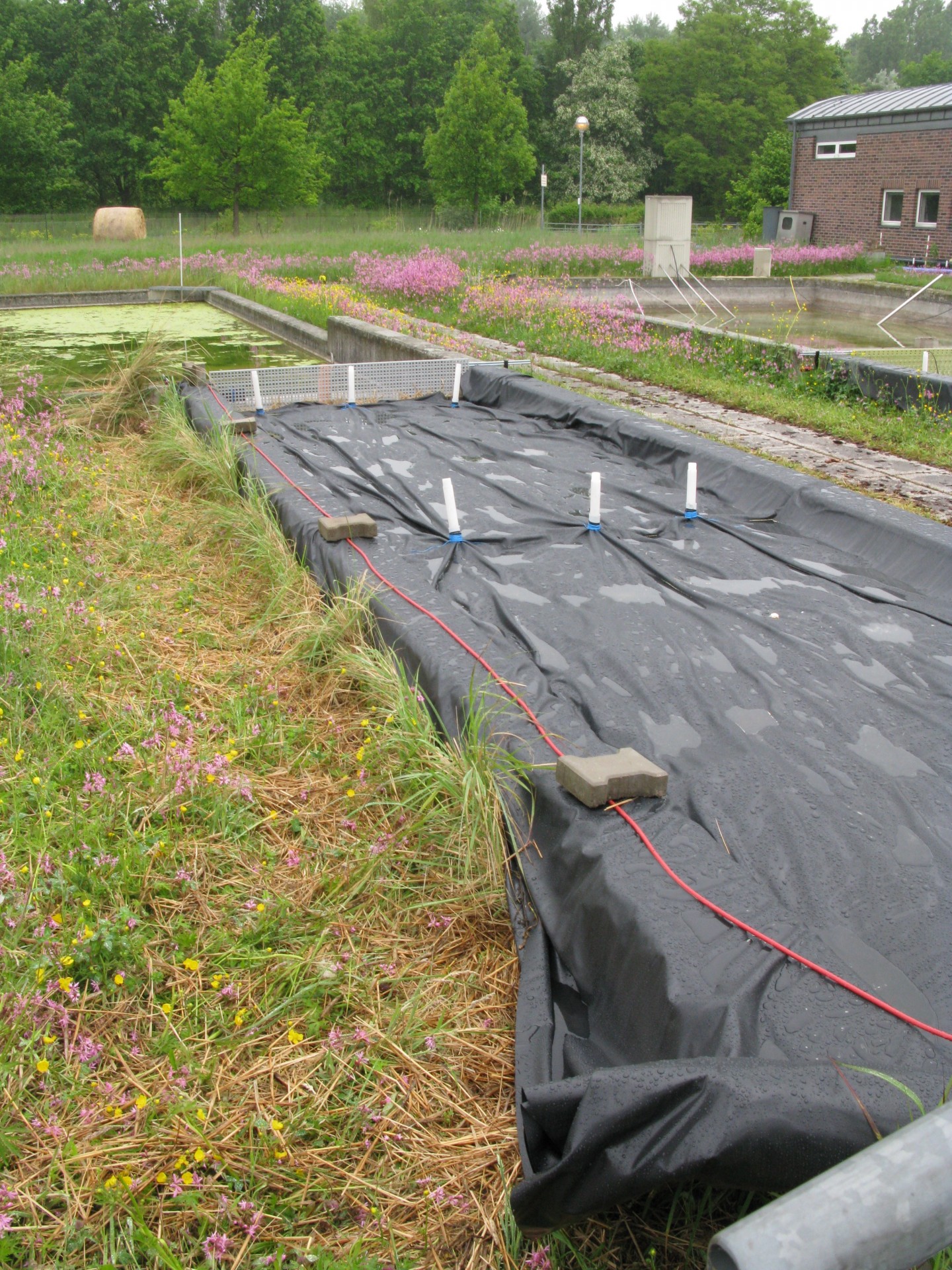If surface water (from streams, rivers, lakes or reservoirs) is used for drinking water production extensive treatment is frequently needed. However, the cost of this treatment, as well as the risks to public health, can be reduced by protecting the source water from contamination.
In the rural and semi-rural environment many sources of contamination may impact reservoir water quality. They include for example farms that use agrochemicals or apply biosolids, stormwater runoff from streets and lawns, fuel storage tanks, residential or commercial septic systems.
The project Aquisafe-1, proposes to investigate the topic in a multi-step approach which will include: i) an analysis of the nature, occurrence and risk of source water contamination (concentrating on surface water bodies) by substances and metabolites issued from land use in rural and semi rural areas (nutrients, agrochemicals, pathogens, pharmaceuticals and emerging contaminants), ii) an analysis of existing tools to diagnose the contaminants’ origin, load and repartition to assess the effects of adapted controlled measures, and iii) the development / adaptation or optimisation of the design and operation of mitigation zones (riparian corridors and small scale wetlands) to reduce downstream loads of pollutants.
The project Aquisafe-1 is a first step that will establish the state-of-the-knowledge on current existing solutions, identify emerging issues and assess the feasibility of using model mitigation zones for contaminants’ removal. Following the outcomes and interest of the shareholders, this project will be orientated towards the development of solutions for contaminant mitigation to protect source water. To prevent adopting a theoretical approach, the work will be conducted from the start on real case study. Data analysis, mitigation concept and systems are expected to be developed in Europe and the US and tested in Indianapolis in collaboration with the IUPUI.
Deliverables of AQUISAFE 1:
1. Relevant contaminants
2. System-analytical tools
3. Mitigation zones against diffuse agricultural pollution
4. Experimental setups to simulate mitigation zones
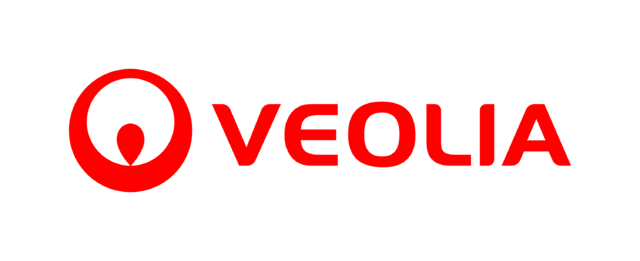
- Prévention de la contamination des ressources en eau en milieu rural et semi-rural par les zones tampons. Poster presentation
- Spatial Identification and Optimization of Upland Wetlands in Agricultural Watersheds
- The Effect of Hydraulic Retention Time and Flow Patch on Ntrate and Atrazine Attenuation in a Bioretention Swale
- Zones tampons pour prévenir la pollution diffuse en milieu rural et semi-rural – présentation du projet “Aquisafe“.
- Development of a GIS Method to Localize Critical Source Areas of Diffuse Nitrate Pollution – Application to the Ic Catchment, France.

